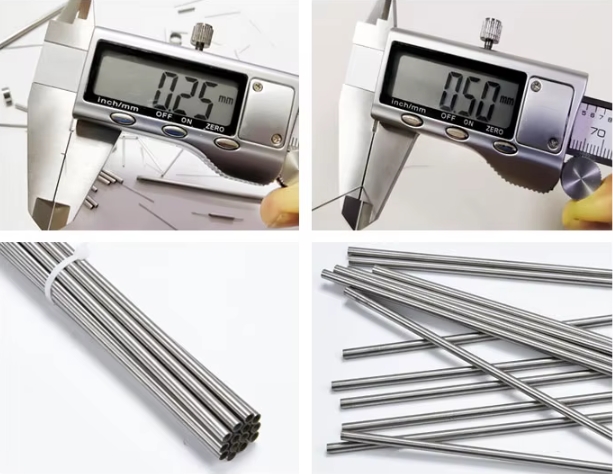304 stainless steel and 18/10 stainless steel (commonly equivalent to 316 stainless steel) are austenitic stainless steels with distinct compositions and performance characteristics. Here's a detailed analysis of their corrosion resistance:

| Material | Chromium (Cr) | Nickel (Ni) | Molybdenum (Mo) | Carbon (C) |
|---|---|---|---|---|
| 304 | 18–20% | 8–10.5% | None | ≤0.07% |
| 18/10 | 16–18% | 10–14% | 2–3% | ≤0.08% |
Note:
"18/10" is a colloquial term often referring to 316 stainless steel (due to its 18% Cr and 10% Ni content).
If "18/10" is non-standard, it might denote 304 stainless steel (verify specifications).
304 Stainless Steel:
Resistant to atmospheric exposure, freshwater, and weak organic acids (e.g., food-grade citric acid).
Suitable for everyday applications like kitchenware and decorative components.
18/10 (316 Stainless Steel):
Enhanced corrosion resistance, especially in chloride-rich environments (e.g., seawater, salt spray, acidic solutions), due to molybdenum addition.
Ideal for medical devices, marine equipment, and chemical processing.
| Environment | 304 Stainless Steel | 18/10 (316 Stainless Steel) |
|---|---|---|
| Chloride Solutions | Prone to pitting and crevice corrosion | Excellent pitting resistance (Mo inhibits Cl⁻ attack) |
| Acidic Media | Moderate resistance (e.g., dilute sulfuric acid) | Superior resistance to strong acids (e.g., phosphoric, acetic) |
| High-Temperature Oxidation | Resistant up to ~870°C | Similar to 304 (oxidation resistance) |
Choose 304 Stainless Steel For:
Household use: Cutlery, cookware, sinks.
Low-corrosion settings: Regular water, air, weak alkalis.
Choose 18/10 (316 Stainless Steel) For:
Harsh environments: Seawater, acidic cleaners, chemical reactors.
Medical applications: Surgical instruments, implants (due to biocompatibility).
